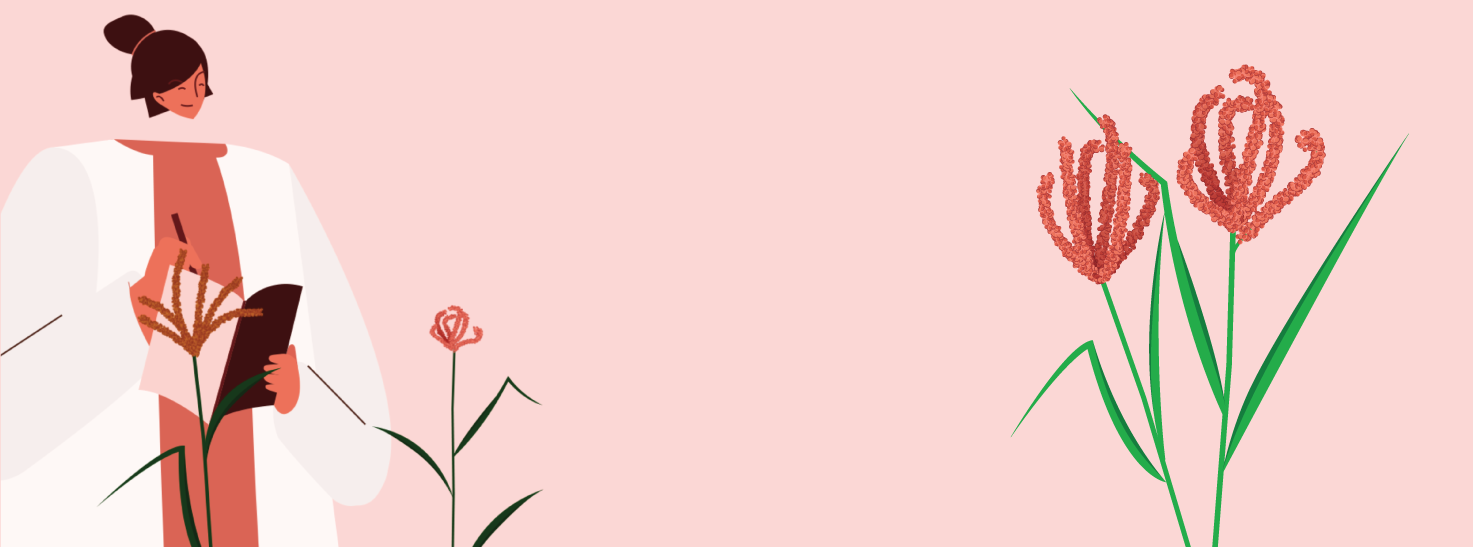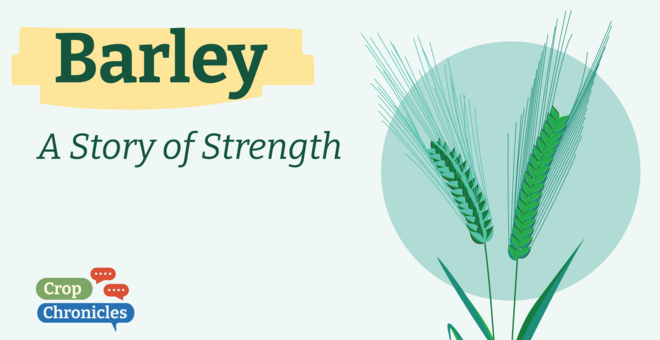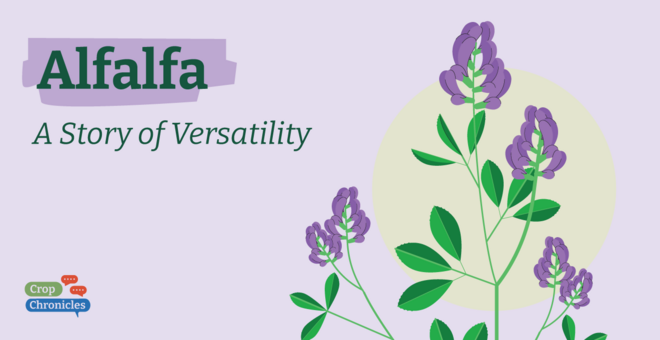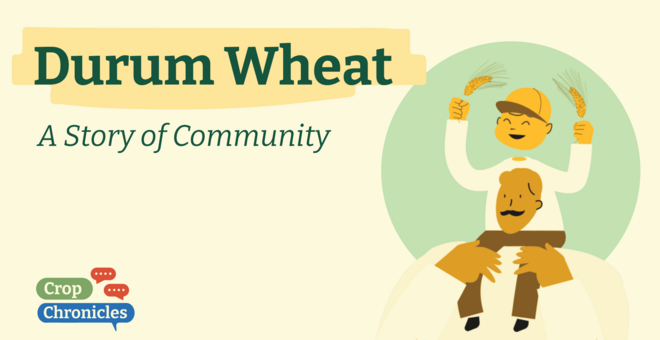CROP CHRONICLES: 13 Nov 2024
The International Year of Millets – 2023 – was my year in the sun. Of course, the use of the plural means that I am sharing it with many more millets. But that’s ok.
We are united under a very broad and inclusive definition. Millets are small-grained cereals, most at home in the semi-arid tropics, and almost all of our production takes place in less developed countries.
I am one of them, known in English as finger millet and more formally as Eleusine coracana. The finger part is easy. Instead of a single spike of grains, I have several. They look a bit like fingers, though there may be between 5 and 8 per “hand.” The scientific name is a bit trickier. “Eleusine” is a reminder of the Greek city of Eleusis, site of the main temple of Ceres, goddess of grain. “Coracana” comes from Sri Lanka, where the name was given to me as a plant and to the porridge made from my seeds, korakan.
Perhaps Joseph Gaertner, who gave me my Latin name in 1791, thought I was a native of the Indian sub-continent. But I was actually domesticated somewhere in the East African highlands, maybe in the area that now forms Western Kenya, around 5,000 years ago. People then took me to South Asia and from there I spread throughout Asia, wherever people wanted a reliable crop that would be productive even in difficult conditions. As a result, I am now found around the world, including 2,400 meters up in the Himalayas. And though there are many small-seeded grasses, all called millets (from the Latium “milium,” which derives from the Indo-European root to grind or crush, as in milling), I am among the most important. I am grown in 25 countries in Africa and Asia and account for fully one eighth of the global millet area.
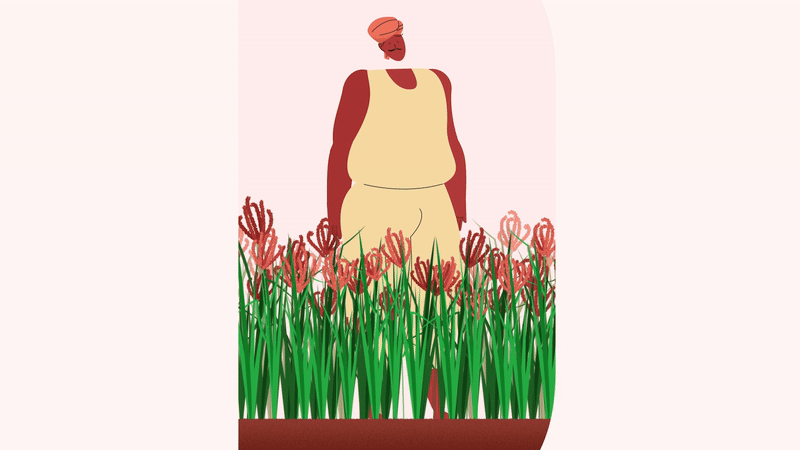
Millets are good at producing something, no matter what. I develop a deep and spreading root system, capable of digging down in search of water. I’m more tolerant than other cereals of both extreme heat and cold. My grains store very well if they are left on the spikes, adding another layer of food security. My straw after harvest provides fodder for livestock. And I grow fast, often ready to harvest in about four months. So, sometimes farmers can sow finger millet if the rains are late and other crops fail to grow.
Of course, I have my weaknesses. A fungal disease called blast can reduce my yields by 80 percent, and the parasite Striga is capable of wiping out a field. Breeders are trying to produce new varieties that avoid these problems, often turning to my wild relatives or varieties in genebank collections as a source of useful diversity. These efforts are important, although even more attention could be paid to millets and the people who overwhelmingly grow us – poor women on marginal lands.
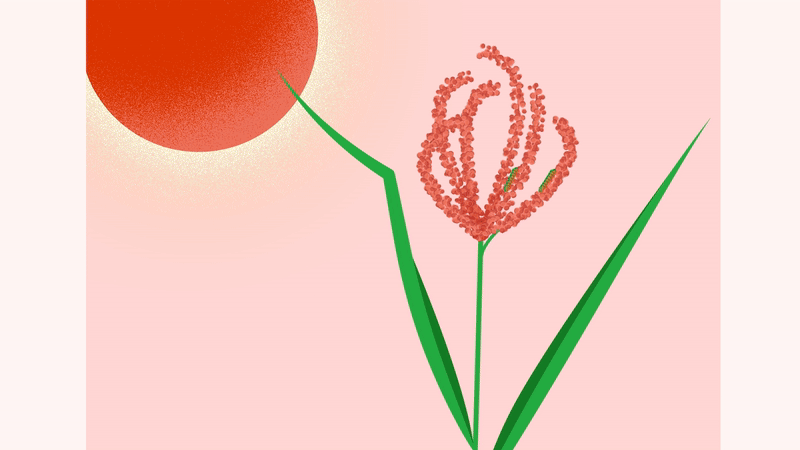
Partly because we are women’s crops, partly because we have been seen as old-fashioned and therefore backward and associated with poverty, governments and researchers have neglected millets. In Kenya, I was an important subsistence crop, a source of food and nutrition security for thousands of years. In 1963, after Kenya achieved independence, however, the government decided to put all its weight behind maize. As a result, researchers and big farmers turned their attention to that introduced crop, and the women whose families depended on millets for nutrition security adapted to the trend. A few people kept growing me in small amounts, because I was essential for certain traditional rituals. However, I vanished from many small farms, and a lot of the knowledge around making use of me vanished too.
A whirlpool of neglect dragged me down. My top yields were poor compared to maize, so people didn’t want to grow me. And because people weren’t interested, researchers had little reason to improve my performance. That is slowly beginning to change, as the climate emergency takes its toll on more mainstream crops.
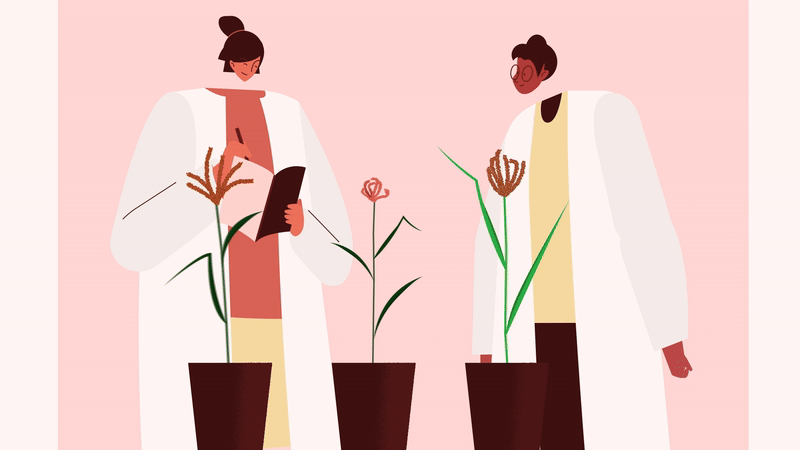
Another factor boosting my value in women's eyes is the nutrition I can provide their families. Finger millet is high in micronutrients like iron and calcium, and in the amino acids missing from maize. So, more millet in the diet makes maize more nutritious: it’s a win-win. I am also gluten free and less damaging for diabetics than many other grains. As people in cities come to appreciate those benefits, a bigger market is developing, which can improve the income and independence of the women who grow me. Simple processing techniques, such as malting or puffing the seed like popcorn, add value to the harvest and are being embraced by women’s groups in India.
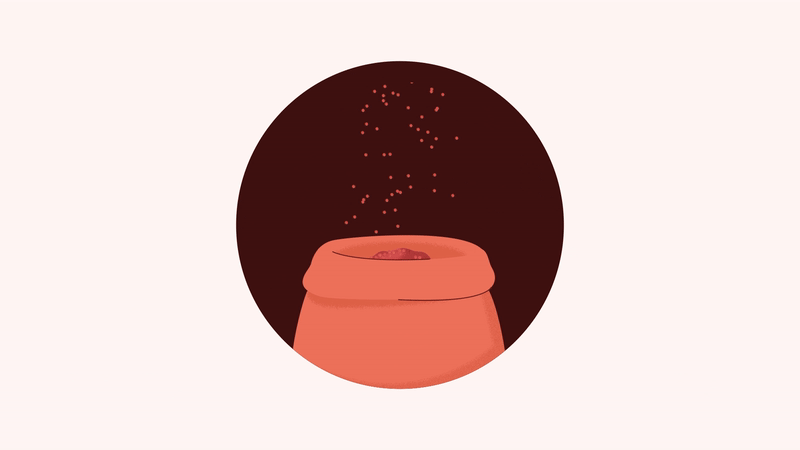
Will the International Year of Millets make a difference to me? It is hard to know, because in important areas it treated all millets alike. A detailed 1996 survey gave a stark warning: “The world’s attitude towards finger millet must be reversed. Of all major cereals, this crop is one of the most nutritious.” Today, I hope we can accelerate the shift towards a more positive attitude towards millets in general, and me in particular. I am a delicious, nutritious solution to climate impacts and socioeconomic pressure. I'm ready to fulfill my promise as an opportunity crop for the future.
Did You Know?
- Scientific name: Eleusine coracana
- Origin: East African highlands, ~5,000 years BP
- Used and grown around the world: With an estimated global annual planting area of 4-4.5 million hectares and a total production of 5 million tons of grain, finger millet plays a pivotal role in ensuring food security and sustenance for millions of people.
- Fun fact: Aside from being a valuable food for people, especially mothers and young children, the finger millet plant is a useful resource in other ways too. The straw is good fodder for livestock and is also used in thatching. Leaves and stalks are plaited into bracelets, and leaves can be made into string. Fibers from the leaves and straw are made into paper.
- Conservation: About 13,500 seed accessions in Genesys:
- 7,465 in the ICRISAT genebank
- 2,969 in Kenya’s Genetic Resources Research Institute
- 738 in the USDA Southern Regional Plant Introduction Station in Georgia, USA
The main countries of provenance are Kenya (3,316), India (2,721) and Nepal (1,727). About 7,125 accessions are safety duplicated at the USDA National Seed Storage Laboratory in Nebraska, USA, with 6,823 in the Svalbard Global Seed Vault and 50 in the ICRISAT genebank in Niger.
This story is part of Crop Chronicles, a multimedia campaign that uncovers the stories of the crops that feed the world, the people who grow them and the race to adapt them to a changing climate.

